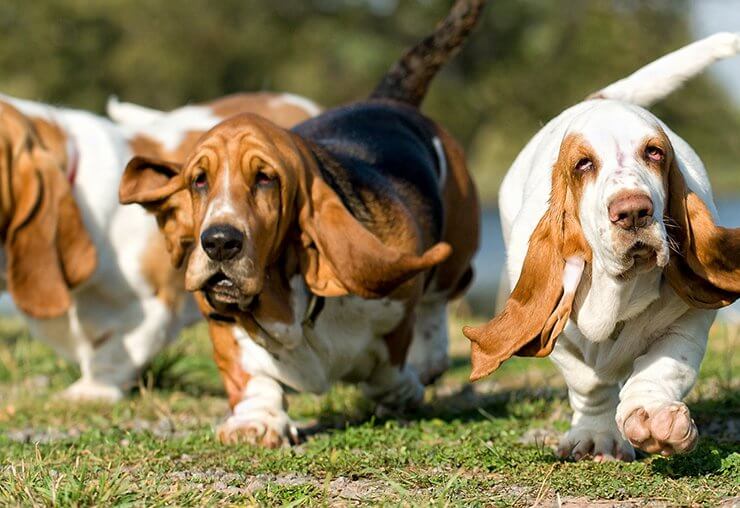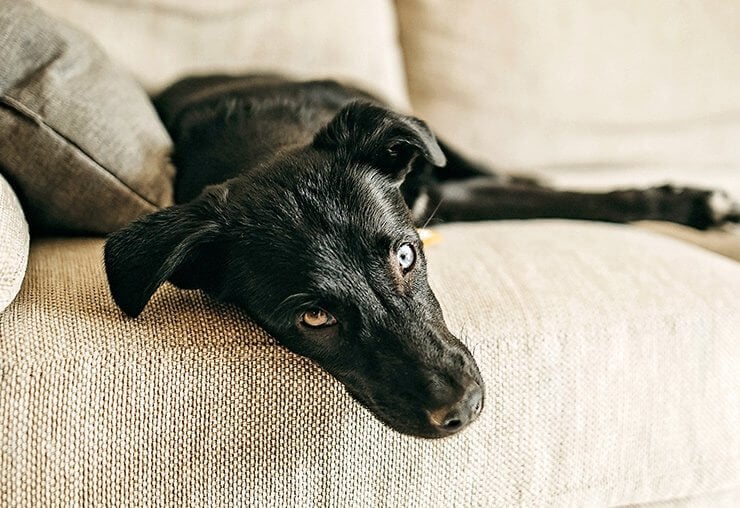Chow chow
Intelligent and obedient dog, suitable for many types of work.
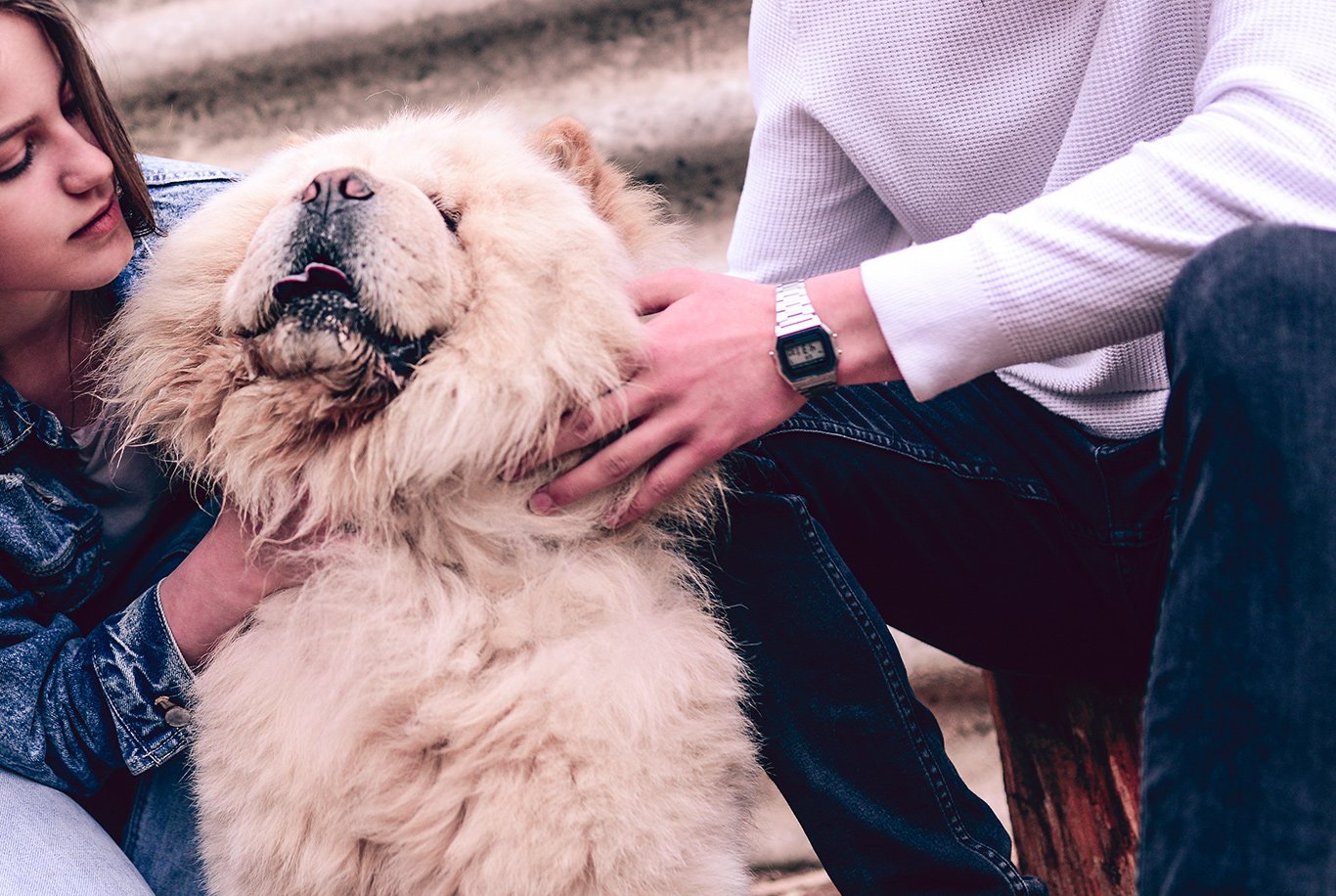
Chow chow is a medium dog breed with an impressive appearance - dogs of this breed have an abundance of hair and signature, blue tongues. Independent and stubborn, this dog can be a handful during training. A bit reserved and aloof needs time to fully trust his caretaker.
 Country of origin: Country of origin: |
China |
 FCI group: FCI group: |
Group V, section 5 |
 Temperament: Temperament: |
Independent, quiet, loyal, calm, aloof |
 Colors: Colors: |
Cream, beige, red, blue, black |
 Weight: Weight: |
Male: 40–45 kg, Female: 32–35 kg |
 Height: Height: |
Male: 25–32 kg, Female: 20–27 kg |
 Life expectancy: Life expectancy: |
from 9 to 15 years |
Chow chow puppies
Chow chow is a breed of intelligent, yet stubborn dogs. Chow chow puppies won’t follow your lead blindly, so training can take time, patience and consistency. You will get the best results in training with your chow chow puppy, once your dog fully trusts you. To teach your puppy some commands you might need the additional help of a tasty treat as a reward. Chow chow puppies require early socialisation which will allow them to learn how to behave around other people and animals. Skipping socialisation at a young age can result in a quite unpredictable adult dog. Chow chow dogs are often referred to as cats in a dog’s skin. These dogs are independent and will much appreciate the owner that can respect their dog’s wants and needs. Training with chow chow puppies is tricky because you need to know when to push your dog, and when it’s better to stop. It is believed that female chow chow dogs are much more cooperative.


Chow Chow nutrition
Healthy and a well-balanced diet are necessary to keep your dog in top physical shape. A chow chow diet has been crafted from the highest quality, natural ingredients and needs to be rich in omega-3 and omega-6 fatty acids that are beneficial to both skin and coat condition. Chow chow is a breed of dogs prone to many skin issues as well as allergies. If your dog is often experiencing skin problems or if you see any symptoms of food allergies, such as diarrhoea, throwing up, lack of appetite or visible changes on the skin, you can give an elimination diet a try. Choose food with a new source of animal protein. Chow chow need a lot of fluids in a day, so you can incorporate more wet food into your dog’s diet.
Detailed description of Chow chow
Chow chow is a breed of stunning, but a bit demanding dogs. They can be stubborn, sometimes not too cooperative, but with good care and training, they can become a loving canine that will always appreciate the company of their owners.
Origin
Chow chow is among one of the oldest known dog breeds. Although officially breed has been deemed of Chinese descent, chow chow dogs may have appeared even earlier in Mongolia. The breed progenitors were believed to have come to China with Mongolian herders. Chow chow’s thick fur was supposed to keep the dogs warm even during harsh winters. In China chow chow dogs have a long history as a working dog. Their excellent hearing and sense of smell were used to track animals, and their strong legs and muscular bodies made them excellent sledge dogs. English merchants gladly used dogs of this breed to help on their ships, and that’s precisely how this breed came to the British Isles. The breed has been registered in the United Kingdom in 1894.
Appearance
Over the years the appearance of the breed has not changed much - among museum specimens from ancient times you can find chow chow images that cannot be distinguished from the current breed standard. Chow chow have a luscious and fluffy coat in a solid colour. These dogs have a rather muscular build, wide chest and strong legs. Their head is flat, but wide, with a square muzzle and small and fat ears that are pushed a bit more to the front of the head, giving chow chow dogs their signature, intimidating look. Chow chow dogs have a tail that curls in a typical for a spitz-type dog way. The most distinguishing feature of this breed is definitely their blue tongue.
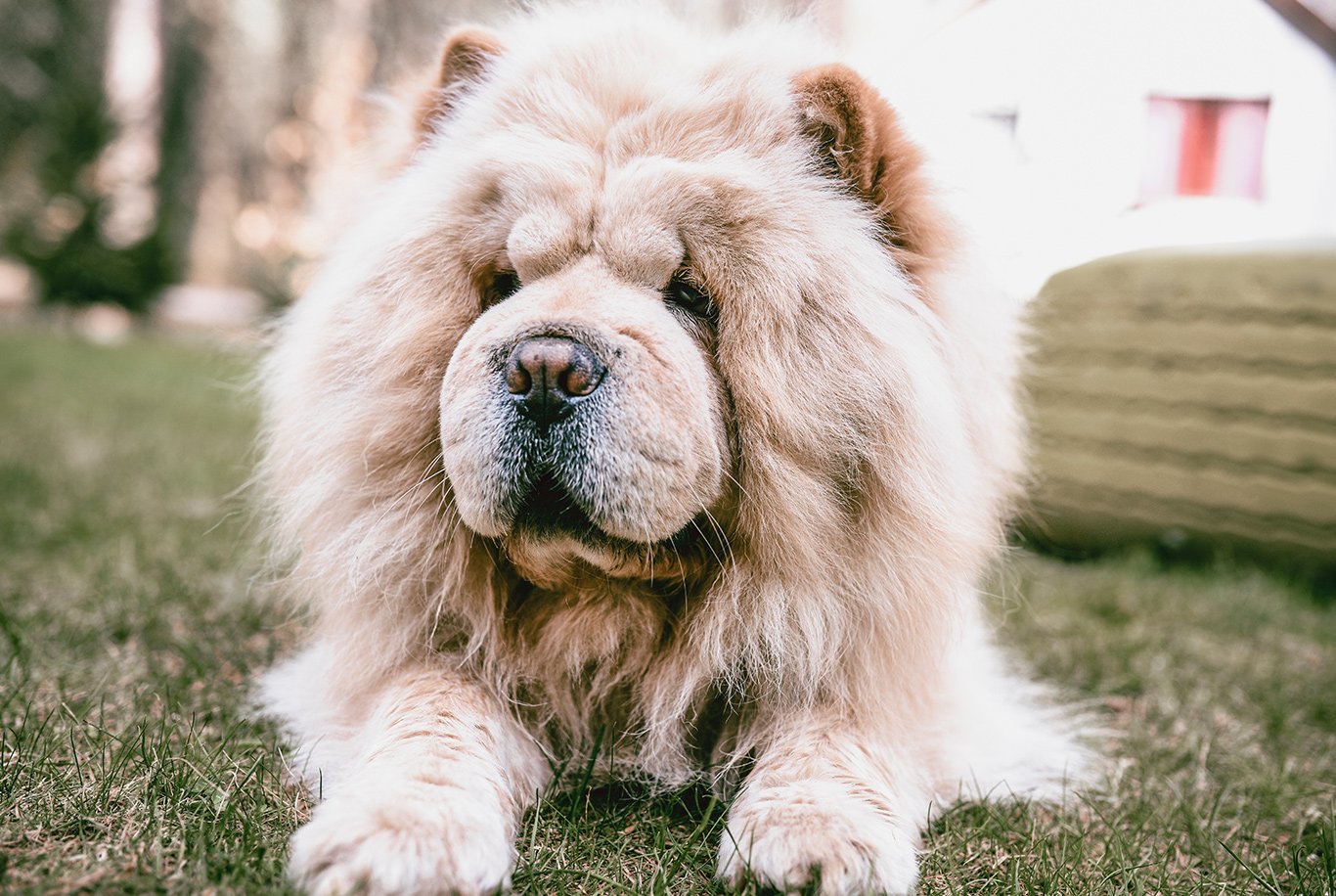
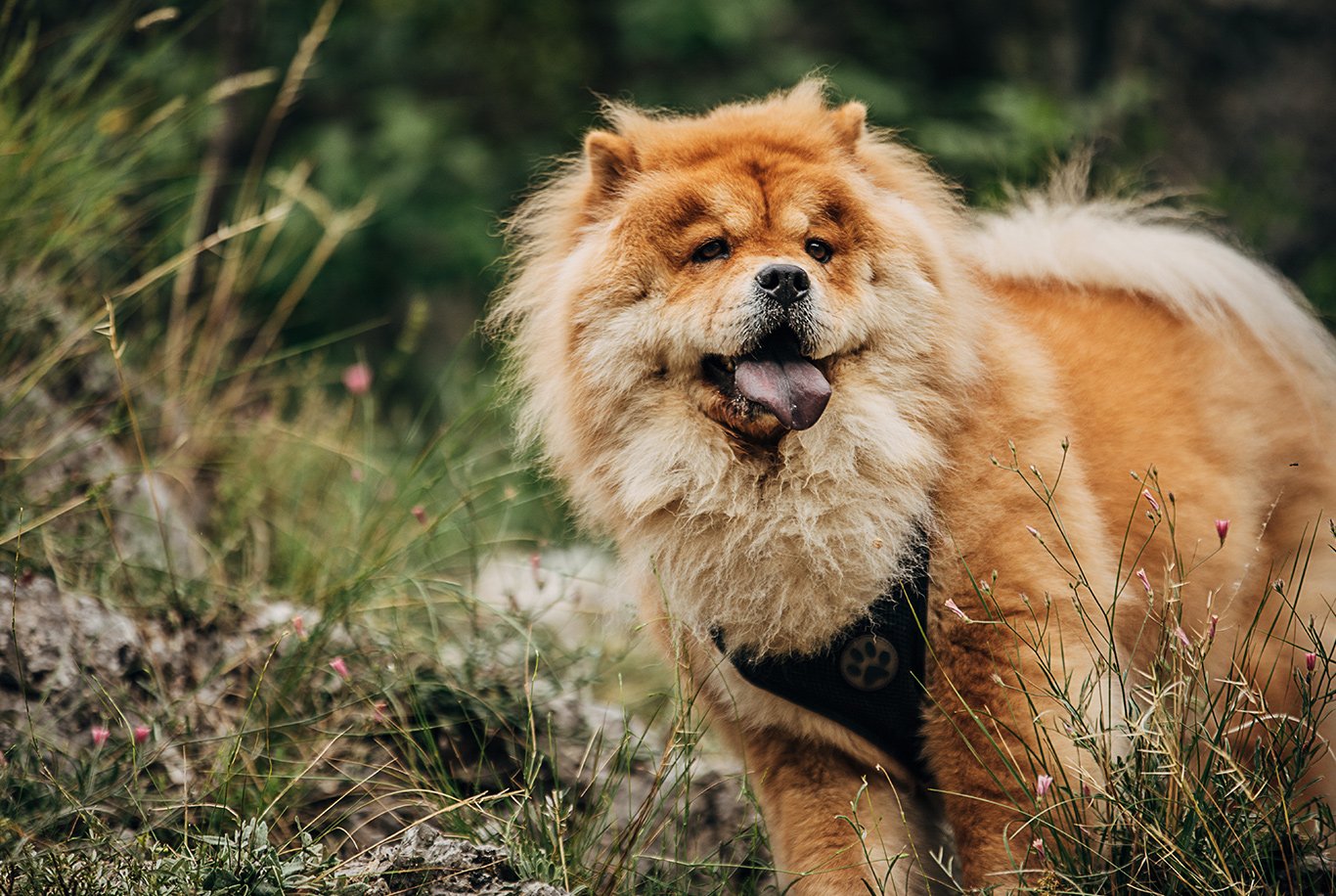
Behaviour
Chow chow is typically quiet and calm dogs, ideal for an apartment or a flat. They are loyal to their owners, but you have to earn your dog’s respect first. Chow chow are quite reserved in showing their feelings - they may not show affection often, but once they do, you can rest assured it’s honest and true. Chow chow are usually friendly towards people in their household, and typically indifferent towards strangers. They can get along with older kids, but they are not great around small children and cats. Chow chow does not make for an active dog. They will much prefer to lay on the couch than to spend the day running around the park.
Requirements
Collars and harnesses made from flat bias tapes can ruin the soft coat of chow chow. Their hair grows rather slowly, so to prevent bold spots from happening, choose a collar or harness that is rounded, preferably made out of soft leather.
Daily care
A thick coat of a chow chow requires regular brushing to prevent knots and tangles. Bathing a chow chow is a whole ordeal and can take even a few hours to get your dog cleaned and fully dried. As an alternative to a wet bath, you can use dry shampoo to freshen up your dog’s coat. Remember that dry bath cannot fully replace a regular bath once in a while. You can use an antistatic hair conditioner on your chow chow’s coat.
 dr Anna Plummervet and blogger
dr Anna Plummervet and blogger
















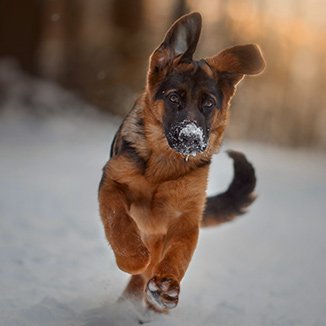 German shepherd
German shepherd Maltese
Maltese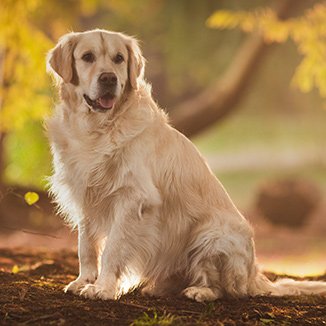 Golden retriever
Golden retriever Beagle
Beagle Rottweiler
Rottweiler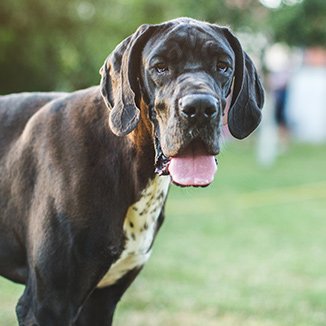 Great Dane
Great Dane Poodle
Poodle Siberian husky
Siberian husky French bulldog
French bulldog Pug
Pug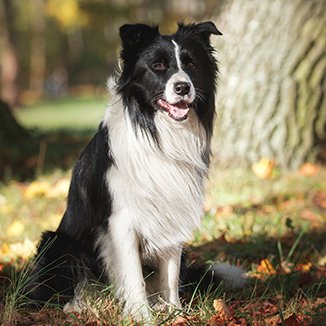 Border collie
Border collie Chihuahua
Chihuahua Pomeranian
Pomeranian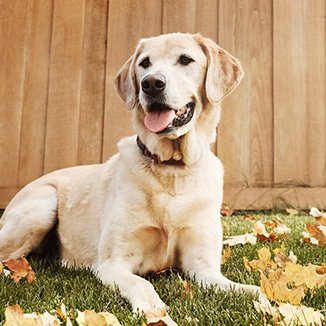 Labrador retriever
Labrador retriever English bulldog
English bulldog Chow chow
Chow chow Samoyed
Samoyed Cane corso
Cane corso Doberman
Doberman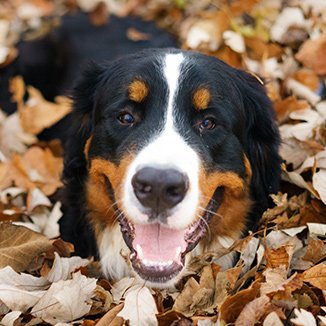 Bernese Mountain Dog
Bernese Mountain Dog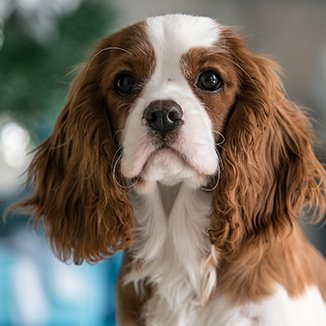 Cavalier King Charles Spaniel
Cavalier King Charles Spaniel Cocker Spaniel
Cocker Spaniel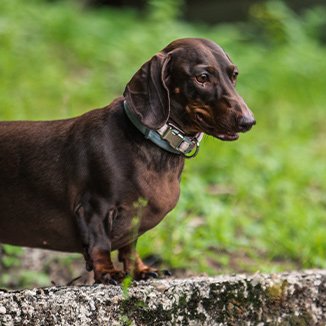 Dachshund
Dachshund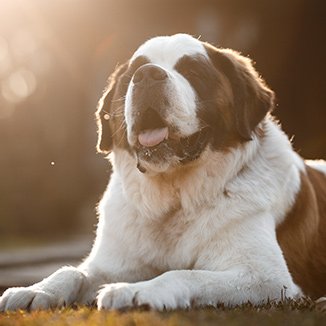 St. Bernard
St. Bernard Maine coon
Maine coon Ragdoll
Ragdoll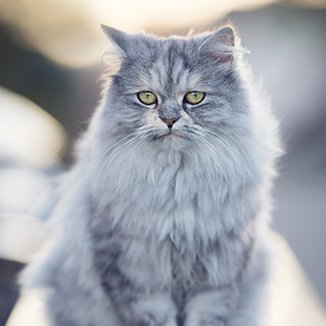 Persian cat
Persian cat Siamese cat
Siamese cat Cornish rex
Cornish rex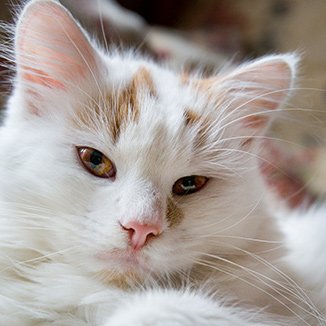 Turkish van
Turkish van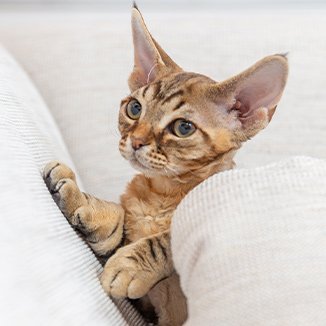 Devon rex
Devon rex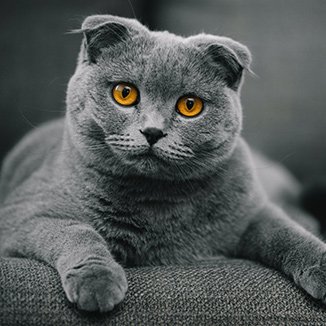 Scottish fold
Scottish fold Siberian cat
Siberian cat Selkirk rex
Selkirk rex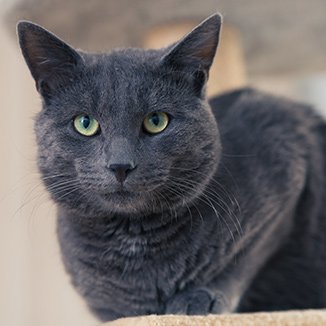 British shorthair
British shorthair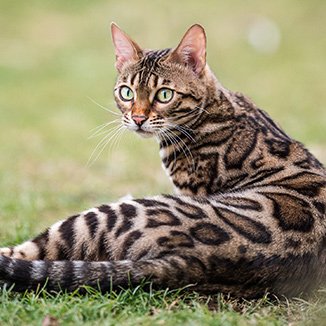 Bengal cat
Bengal cat1.jpg)
